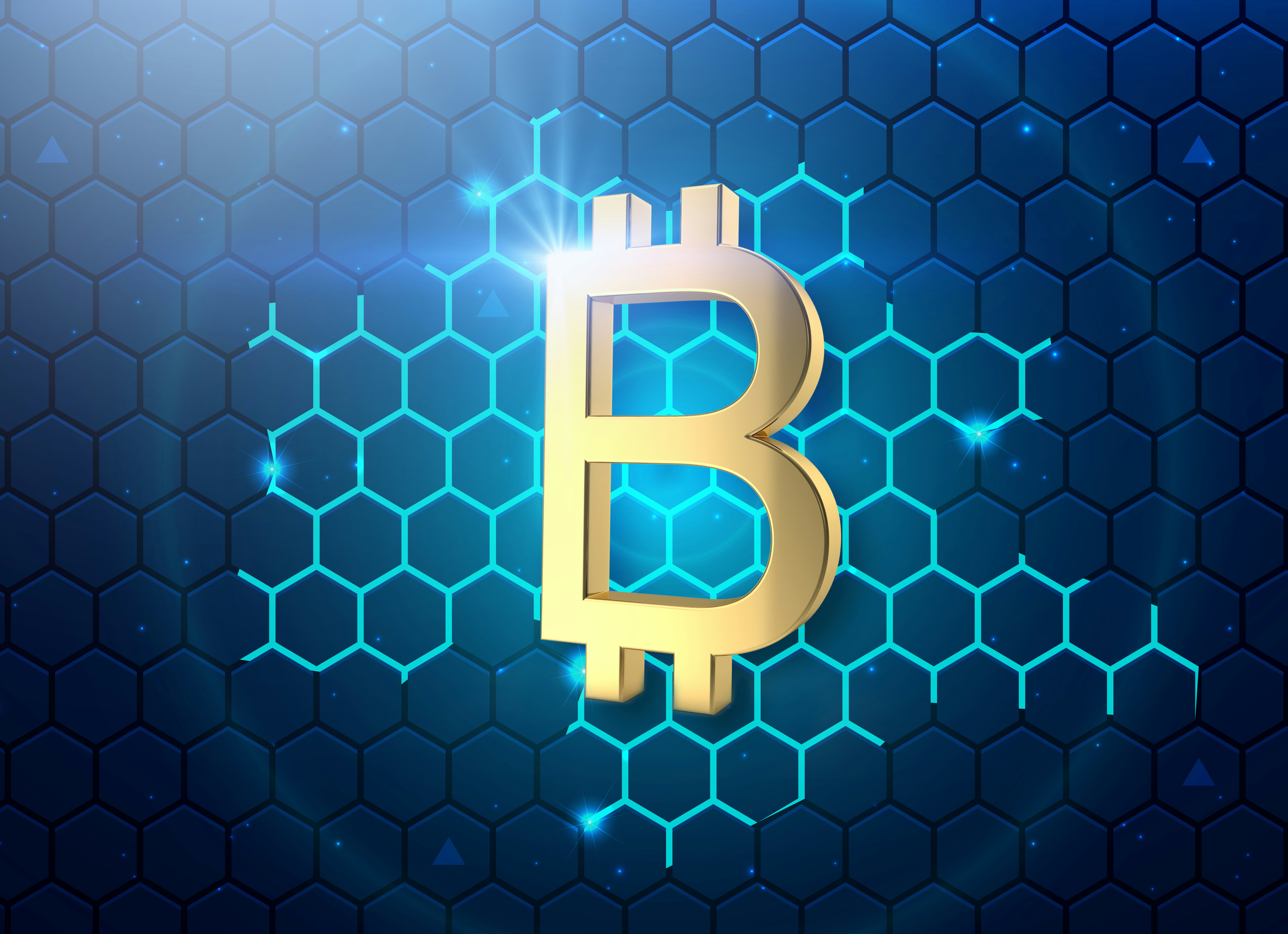Key Takeaways
- High-Performance Communication: gRPC uses HTTP/2 and Protocol Buffers for fast, efficient data exchange.
- Structured API Contracts: It defines services and data types upfront for clear, reliable system integrations.
- Real-Time Data Streams: gRPC supports bidirectional streaming for continuous, low-latency information flow between applications.
What is gRPC?
gRPC, which stands for Google Remote Procedure Call, is a modern framework for building fast and scalable APIs. It allows different applications to communicate with each other as if they were just calling a function locally. By using the efficient HTTP/2 protocol, it establishes a persistent connection, making data exchange between services, like a Bitcoin node and a wallet, remarkably quick.
In the Bitcoin ecosystem, gRPC is fundamental to the Lightning Network's operation, particularly with implementations like LND. For instance, a user's application can use gRPC to instruct their node to generate an invoice for 50,000 sats or to open a new payment channel. This direct, high-speed communication is what makes near-instant BTC transactions possible on the second layer.
How gRPC Fits into Bitcoin Node, Wallet, and Banking System Communication
In the Bitcoin world, gRPC acts as the nervous system connecting a user's wallet to their Lightning node. The wallet can directly command the node to perform actions like creating a payment request or sending funds. This structured communication makes complex operations feel simple and immediate.
For banking systems, gRPC provides a programmatic gateway to the Bitcoin network. Financial institutions can build applications that interact with their nodes to manage liquidity or offer new Bitcoin-based services to customers. This creates a reliable bridge between traditional financial infrastructure and the new digital economy.
gRPC Security and Authentication for Banking-Grade Networks
For financial applications, gRPC integrates robust security through Transport Layer Security (TLS) to encrypt all data in transit. This prevents eavesdropping and tampering with communications between a bank's system and a Bitcoin node. Authentication is handled through mechanisms like client-side SSL certificates, which verify that only authorized applications can issue commands. This creates a secure channel fit for financial operations.
Performance and Streaming: Using gRPC for High-Throughput Transaction Data
gRPC's architecture is built for speed, making it ideal for handling the high volume of data in financial systems. It uses HTTP/2 to manage multiple data streams over a single connection, drastically reducing latency. This structure is perfect for real-time applications that require a constant flow of information, such as tracking Bitcoin transactions.
- Multiplexing: Sending multiple requests and responses at the same time over one connection.
- Binary Serialization: Compacting data into a smaller, faster format for transmission.
- Bidirectional Streaming: Allowing both client and server to send data continuously on a single channel.
- Low Latency: Minimizing delays between a request and its response for near-instant communication.
- Flow Control: Managing data transmission to prevent network congestion and ensure stability.
Implementing gRPC in Payment Rails, Settlement, and Reconciliation Workflows
This is how you would integrate gRPC into financial workflows.
- Define the service contract with Protocol Buffers, specifying procedures for payment initiation, settlement, and data queries.
- Generate the necessary server-side and client-side code from your contract file for your chosen programming languages.
- Build the server logic that connects to your Bitcoin node, processing incoming payment requests and managing transaction states.
- Connect your client applications to the gRPC server, creating a direct line for sending payment instructions and receiving real-time reconciliation data.
Operational Best Practices for gRPC: Monitoring, Versioning, and Schema Evolution
Maintaining a robust gRPC infrastructure requires disciplined operational practices. For financial systems built on Bitcoin, these standards are critical for reliability and long-term stability. Proper management guarantees that the communication layer remains performant and adaptable as the system grows.
- Monitoring: Observing system health by tracking performance metrics and error rates.
- Versioning: Managing API updates with backward compatibility to avoid breaking client integrations.
- Schema Evolution: Updating data structures without disrupting existing services.
- Load Balancing: Distributing requests efficiently across servers to sustain high availability.
Lightspark Grid: Building a Universal API on a gRPC Foundation
Lightspark Grid abstracts the raw power of gRPC into a single, developer-focused API for global money movement. While developers use simple commands for payouts or cross-border payments, gRPC works underneath, providing the high-speed, reliable communication necessary for instant settlement across currencies. This foundation allows Grid to offer a programmable and scalable payment infrastructure, turning complex financial operations into straightforward API calls without exposing the underlying protocol's intricacies.
Commands For Money
With an infrastructure founded on gRPC's high-performance communication, you can issue commands for money that settle instantly across the globe. Explore the API to see how you can build applications for payouts, cross-border payments, and rewards on a platform designed for global scale.


